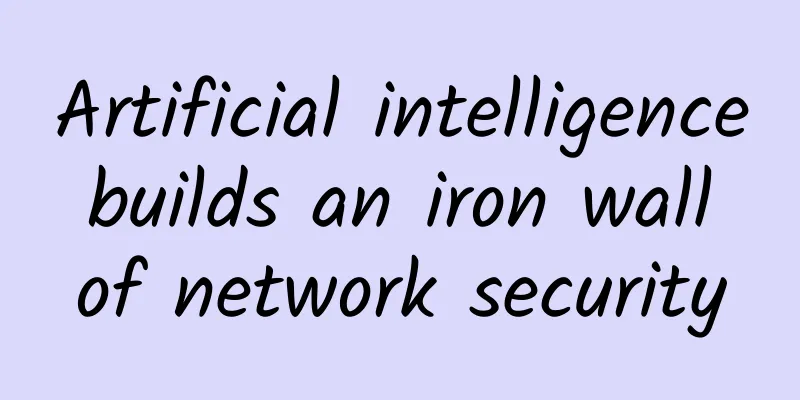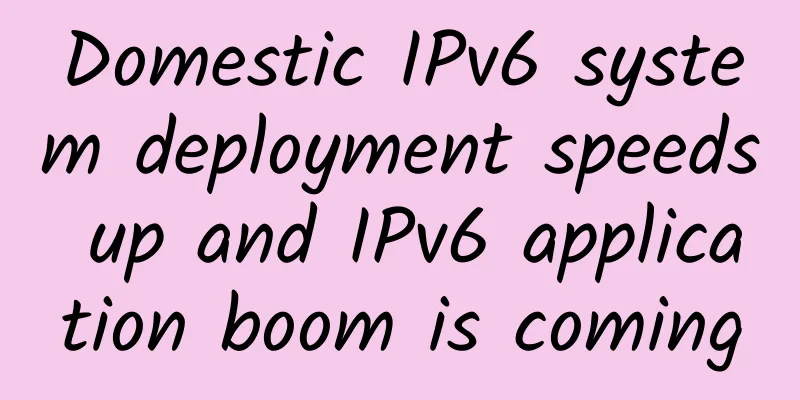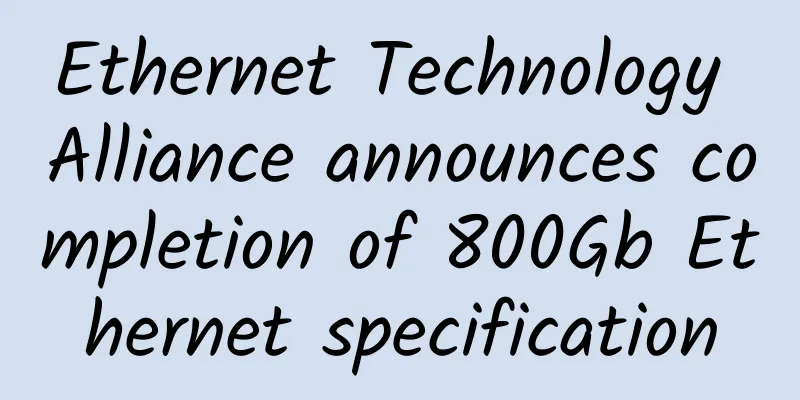Five ministries and commissions issued the "Guidelines for the Construction of the National New Generation Artificial Intelligence Standard System"

|
Recently, the National Standardization Administration, the Central Cyberspace Affairs Commission, the National Development and Reform Commission, the Ministry of Science and Technology, and the Ministry of Industry and Information Technology issued the "Guidelines for the Construction of the National New Generation Artificial Intelligence Standard System" (hereinafter referred to as the "Construction Guidelines"). The "Construction Guidelines" propose that by 2021, the top-level design of artificial intelligence standardization will be clarified, the overall rules for the construction of the standard system and the development of standards will be studied, the relationship between standards will be clarified, the orderly development of artificial intelligence standardization work will be guided, and the pre-research work of more than 20 key standards such as key general technologies, key field technologies, and ethics will be completed. By 2023, an artificial intelligence standard system will be initially established, focusing on the development of key and urgently needed standards such as data, algorithms, systems, and services, and will take the lead in promoting key industries and fields such as manufacturing, transportation, finance, security, home, elderly care, environmental protection, education, medical health, and justice. Build an artificial intelligence standard test and verification platform to provide public service capabilities. It is reported that the standard architecture of artificial intelligence includes eight parts: "A basic commonalities", "B supporting technologies and products", "C basic software and hardware platforms", "D key general technologies", "E key field technologies", "F products and services", "G industry applications" and "H security/ethics". A basic common standards include three categories: terminology, reference architecture, and test and evaluation. It is located on the far left of the artificial intelligence standard system architecture and supports other parts of the standard system architecture. B supporting technologies and product standards provide basic support for the construction of artificial intelligence software and hardware platforms, algorithm model development, and artificial intelligence applications. The C basic software and hardware platform standard mainly focuses on smart chips, system software, development frameworks, etc., providing infrastructure support for artificial intelligence. D key general technical standards mainly focus on machine learning, knowledge graphs, brain-like intelligent computing, quantum intelligent computing, pattern recognition and other aspects, providing general technical support for artificial intelligence applications. E key area technical standards mainly focus on natural language processing, intelligent speech, computer vision, biometric recognition, virtual reality/augmented reality, human-computer interaction and other aspects, providing technical support for artificial intelligence applications. F product and service standards include relevant standards for intelligent products and new service models formed in the field of artificial intelligence technology; G industry application standards are at the top level of the artificial intelligence standard system architecture. They refine other standards based on specific industry needs to support the development of various industries. The H safety/ethics standard is located on the far right of the AI standard architecture and runs through other parts to establish a compliance system for AI. The "Construction Guidelines" propose that the framework of the artificial intelligence standard system is mainly composed of eight parts: basic commonalities, supporting technologies and products, basic software and hardware platforms, key general technologies, key field technologies, products and services, industry applications, and security/ethics. Among them, the basic common standards mainly regulate the foundation of artificial intelligence, including terminology, reference architecture, test evaluation, etc. Supporting technologies and product standards mainly include big data, Internet of Things, cloud computing, edge computing, smart sensors, data storage and transmission equipment, etc. The basic software and hardware platform standards mainly include smart chips, system software, development framework, etc. Key general technical standards mainly include machine learning, knowledge graph, brain-like intelligent computing, quantum intelligent computing, pattern recognition, etc. Technical standards in key areas mainly include natural language processing, intelligent speech, computer vision, biometric recognition, virtual reality/augmented reality, human-computer interaction, etc. Product and service standards include intelligent robots, intelligent vehicles, intelligent terminals, and intelligent services; The security/ethics standards include security and privacy protection, ethics, etc. in the field of artificial intelligence. It is reported that the security and privacy protection standards include six parts: basic security, data, algorithm and model security, technology and system security, security management and services, security testing and evaluation, and product and application security. |
>>: China's first ISO/IEC artificial intelligence international standard project was approved
Recommend
Afen teaches you to avoid the pitfalls of installing RabbitMQ (command practice)
This article is reprinted from the WeChat public ...
JustVPS: 30% off UK VPS/20% off all VPS, unlimited traffic in multiple data centers in the United States/France/Singapore/Russia/Hong Kong, China
JustVPS.pro bought a VPS in London, UK, last Dece...
Customize SD-WAN to meet your needs
Why do we always think we can adopt a revolutiona...
LOCVPS New Year Promotion: Netherlands VPS 40% off, starting from 22 yuan, Singapore VPS/Russia VPS/Hong Kong VPS 30% off
LOCVPS (Global Cloud) is a long-established Chine...
What exactly is RedCap?
[[431894]] With the continuous advancement of 3GP...
A Preliminary Study on Microsecond-Level High-Performance Network
If we expect to reduce network latency from 10ms ...
inetWS: $2/month KVM-2GB/30G SSD/100M unlimited traffic/7 data centers in Seattle, Phoenix, Chicago, etc.
inet.WS is a foreign hosting company founded in 2...
Front-end: Uniapp encapsulation network request notes
[[425641]] As a front-end framework for mobile de...
The edge computing dilemma of operators in the 5G era
With the continuous development of 5G, 5G will be...
MIIT talks about 6G: Breakthroughs in key core technologies are needed
According to the news from the Ministry of Indust...
F5 focuses on application security architecture and promotes new security strategies of north-south stratification and east-west precision division
[Original article from 51CTO.com] On February 20,...
How will 6G change the workplace?
The next generation of connectivity is coming, pr...
spinservers: $99/month 1Gbps unlimited traffic - E3-1280v5, 32G memory, 1T NVMe hard drive, Dallas data center
Last week we shared information about spinservers...
What is a Computer Network Hub?
Quick definition: A computer network hub is a lay...
Huawei China Ecosystem Partner Conference 2017 concluded successfully in Changsha
On March 10, 2017, the second day of "Born f...









